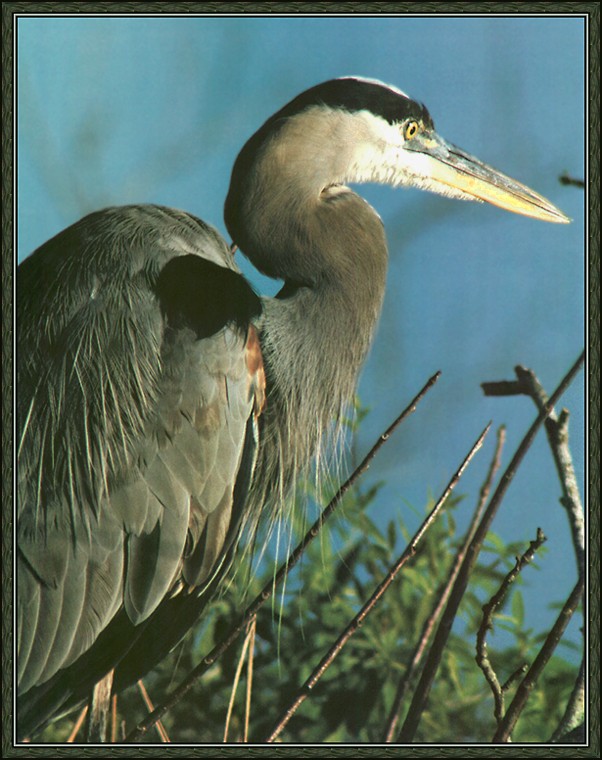|
| 질의: Large blue | 결과: 744번째/1064 | |
[CameoRose scan] Michael Graybill & Jan Hodder - Great Blue Heron (Ardea herodias)
| 제목: | [CameoRose scan] Michael Graybill & Jan Hodder - Great Blue Heron (Ardea herodias)
| |

| 해상도: 602x760
파일크기: 121480 Bytes
등록시간: 2005:04:17 06:55:16
|
|
|